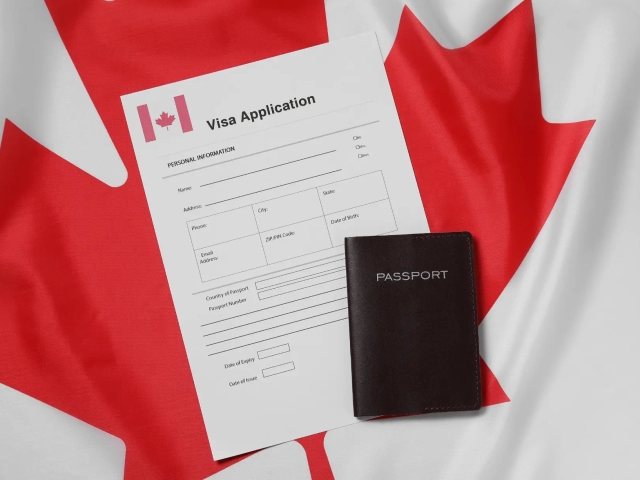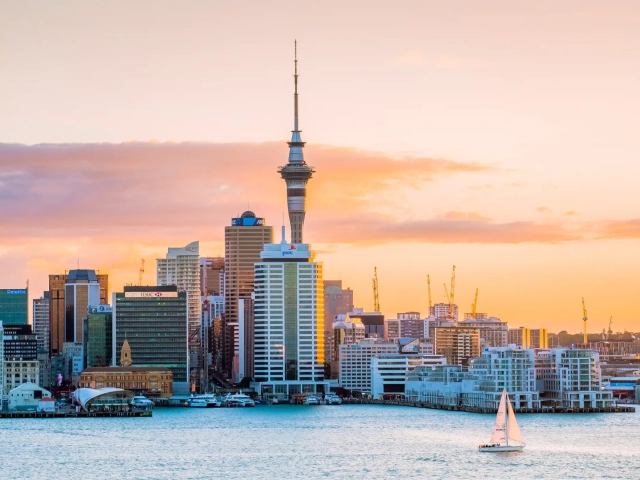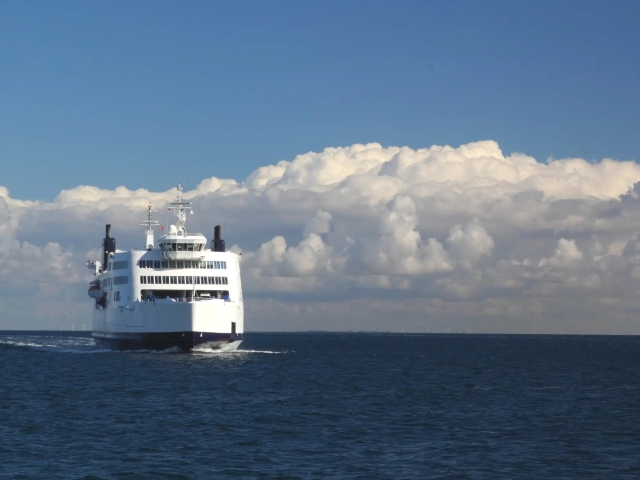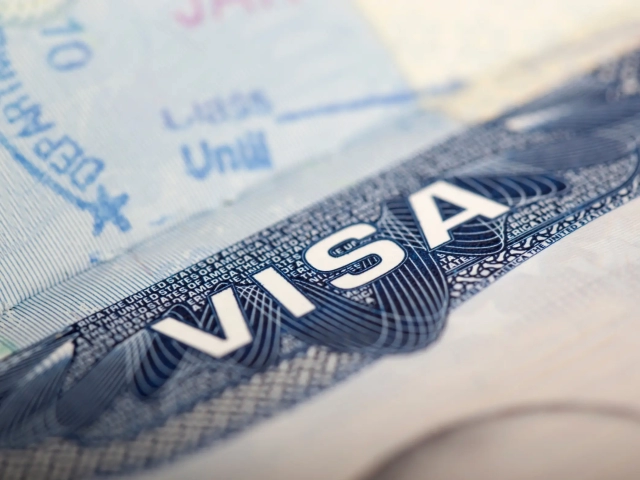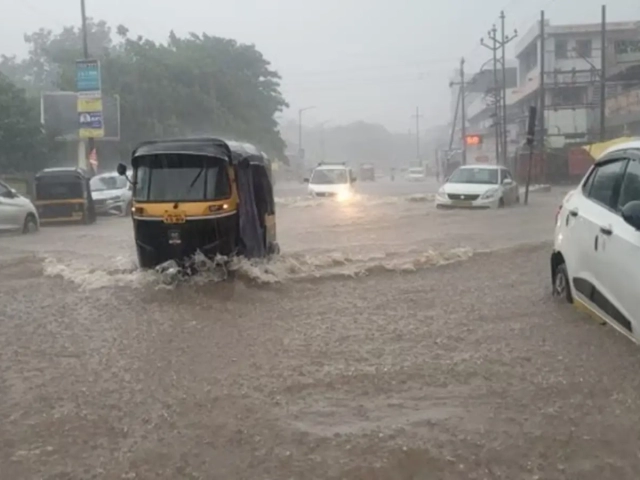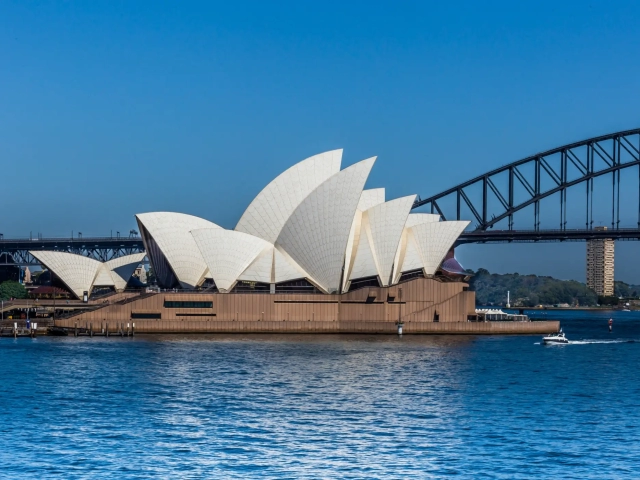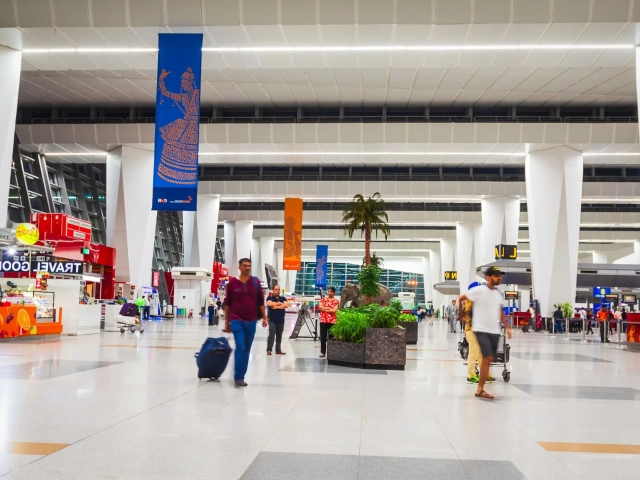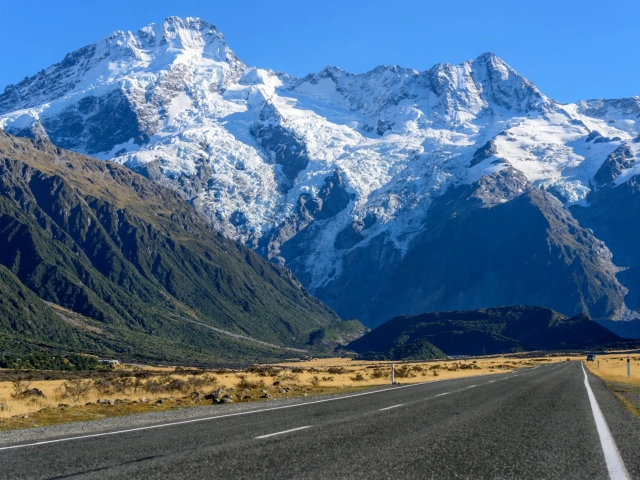Canada has implemented a significant change to its visitor visa policy, discontinuing the issuance of long-term multiple-entry tourist visas that were valid for up to ten years. According to a report by News18, this adjustment now allows immigration officers to evaluate each application individually, deciding case by case whether to grant a single or multiple-entry visa and determining the duration of its validity.
In the past, visitors holding multiple-entry visas could enter Canada as frequently as they wished within the visa’s term, which could extend up to a decade or until the expiration of their passport or biometrics. With the revised policy, however, extended multiple-entry visas are no longer standard practice. Instead, immigration officials will issue visas that align with both the applicant’s profile and Canada’s shifting immigration objectives. This change reflects the government’s recent focus on limiting both temporary and permanent immigration, influenced by the need to address housing shortages and increasing costs of living.
The new policy also has implications for visitors with visas approaching their expiration date, requiring them to reconsider their plans if they wish to remain in Canada. Reports indicate that over a million temporary residents are expected to leave Canada as their visas expire in the coming years, with the government planning to enforce deportations for those who overstay. Canada aims to balance its open, welcoming stance with the economic and social pressures it currently faces.
For travelers, this revised visa policy signals a move toward more selective entry standards and potentially shorter visa durations. Those planning extended stays or multiple visits may now need to account for additional visa applications if re-entry is required, which entails more costs, processing time, and the need to plan further in advance. This policy change is designed to more effectively manage the flow of temporary visitors, aligning with Canada’s evolving approach to immigration.
